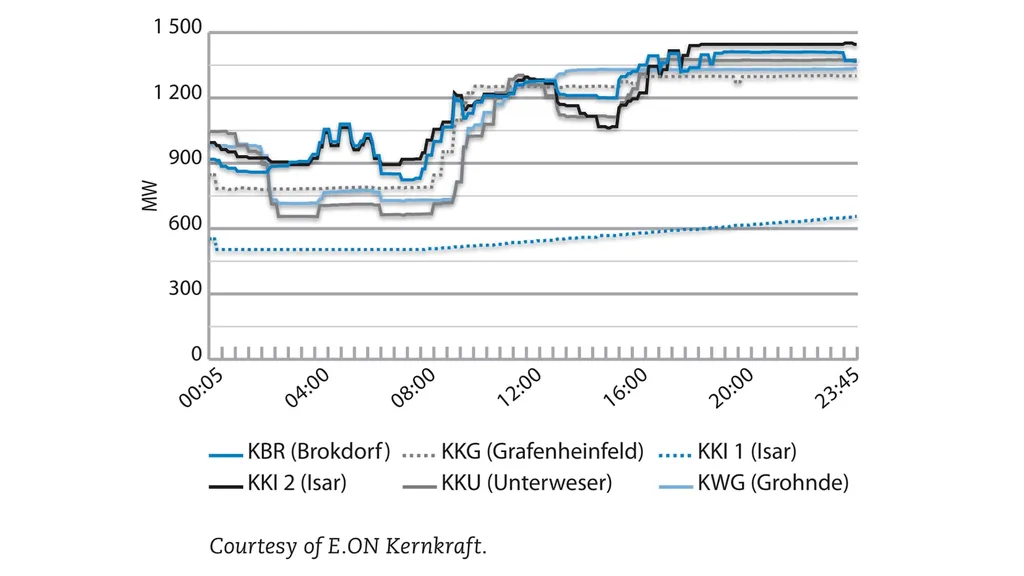Vikram Rathore from Uppsala University has delved into a study evaluating the fuel performance of small modular reactors (SMRs) under load-following operation, a topic that could significantly shape the future of nuclear energy. As the world grapples with rising energy demands and the pressing need to transition away from fossil fuels, nuclear energy is emerging as a key player, with SMRs at the forefront of this transformation.
SMRs, smaller in size and energy output compared to conventional reactors, offer a more flexible, cost-effective, and accessible nuclear energy solution. Their modularity allows for widespread deployment, making nuclear energy more attainable. However, the reduced core sizes and changes in operation modes in SMRs present unique challenges and differences in fuel operation regimes, which Rathore’s study aims to address.
The Academic-industrial Nuclear technology Initiative to Achieve a sustainable energy future (ANItA), established in Sweden, brings together academia and industry to tackle these challenges. One of their key undertakings is identifying the differences in SMRs, such as reactor core size, fuel composition, and mode of operation, and studying their effects on fuel performance.
Load-following operation, which involves adjusting the power output of a nuclear reactor to match changes in electricity demand, is anticipated and desirable for SMRs to better integrate with intermittent renewable energy sources. However, the current experience of such operations may not be sufficient to ensure the safe and efficient operation of SMRs under these conditions.
Power cycling in load-following operation causes large variations in the temperature of the fuel pellets and cladding, affecting several phenomena important to nuclear fuel performance. Notably, pellet cladding mechanical interaction (PCMI), caused by repeated thermal stresses, can be problematic for the cladding. These stresses, combined with corrosive fission products, may weaken the cladding over the long term and, in some cases, lead to its eventual failure.
To study these effects, Rathore and his team used the TRANSURANUS computer code to analyse the fuel performance of a LWR-based SMR under load-following operation. They simulated hypothetical load-following operation scenarios by adjusting the linear heat rate, neutron flux, and coolant flow rate, guided by a parametrised load-following signal.
The study’s findings could have significant implications for the development and deployment of SMRs. As Rathore notes, “Understanding the fuel performance under load-following conditions is crucial for ensuring the safe and efficient operation of SMRs. This study provides a valuable foundation for future research efforts, informing observational studies of irradiated nuclear fuel, irradiation experiments, and ongoing enhancements to the models within fuel performance codes.”
The outcomes of this study could also guide the development of new fuel designs and operational strategies for SMRs, enhancing their performance and safety. Moreover, it could pave the way for more extensive use of load-following operation in nuclear power plants, facilitating better integration with renewable energy sources and contributing to a more sustainable and resilient energy system.
As the world continues to grapple with the challenges of climate change and energy security, the insights from Rathore’s study could play a pivotal role in shaping the future of nuclear energy and its role in the global energy mix. The study underscores the importance of continued research and innovation in nuclear technology, as we strive towards a cleaner, more sustainable energy future.

